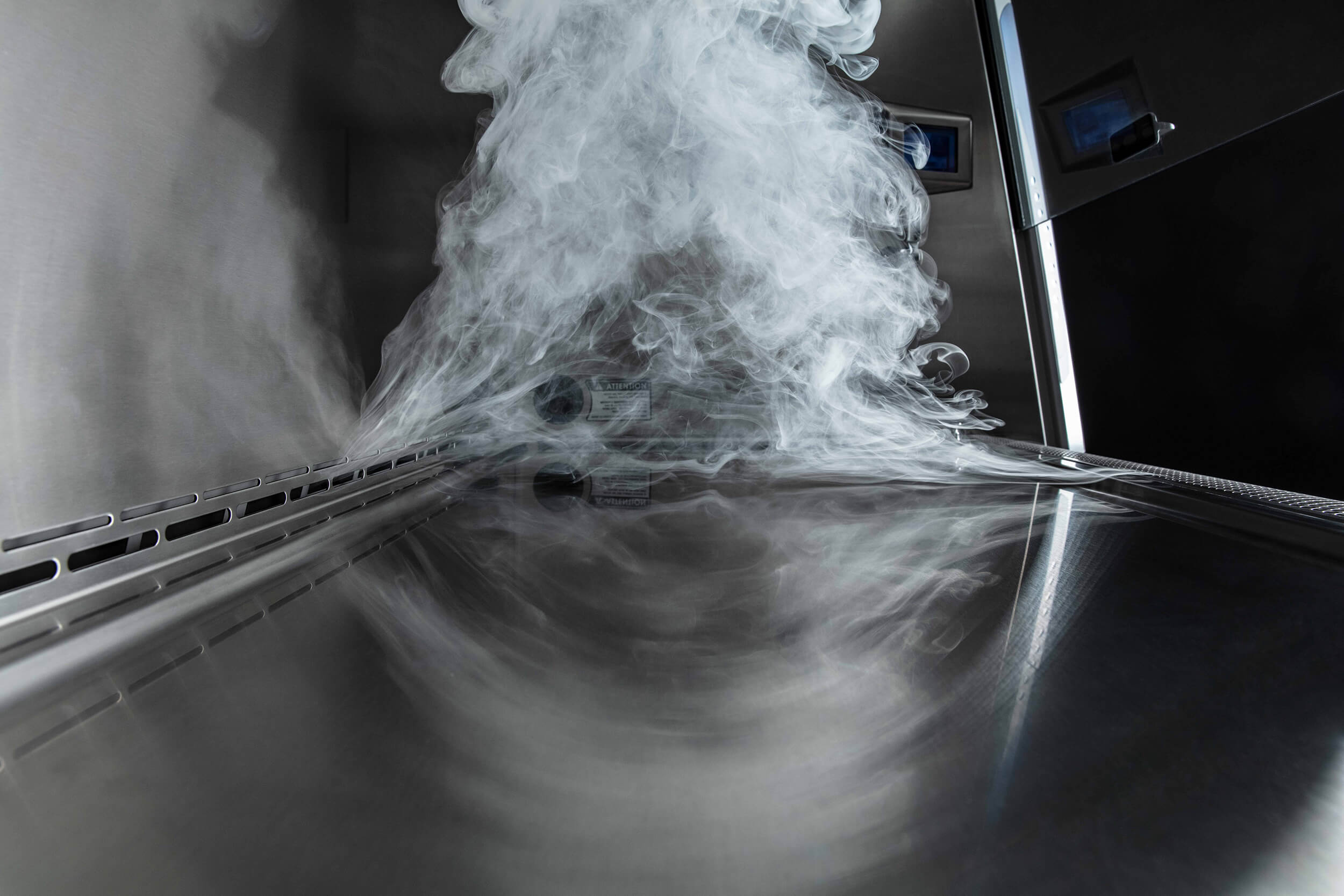Laminar flow in the laboratory: What you need to know
What is laminar flow?

Laminar flow is defined as airflow in which the entire body of air within a designated space is uniform in both velocity and direction.
What is a laminar flow hood?
Clean benches and biological safety cabinets are common examples of laminar flow hoods (a.k.a. cell culture hood or tissue culture hood). They are laboratory enclosures designed to carefully direct HEPA filtered air. Some of these hoods protect items placed on the work surface from contamination. Others prevent exposing the user to contaminants in the work area. Laminar flow hoods are often used to work with biological samples, semiconductors or other sensitive materials, and are commonly referred to in laboratories as cell culture hoods or tissue culture hoods.
According to the CDC, the laminar air flow principle was first developed in the early 1960s. It's still incredibly relevant for modern labs, having literally shaped the way air safely moves in many generations of laboratory enclosures. Today, many categories of laminar flow hoods exist. Although they differ depending on the science performed within, there is one common denominator: all use this type of unidirectional airflow to aid in maintaining sterility, preventing cross-contamination and reducing turbulence.
Just what exactly is laminar air flow, why is it effective and what does it look like in labs today? Let's explore.
How is laminar air flow utilized in different types of equipment?
Class II Biosafety Cabinets, sometimes referred to as cell or tissue culture hoods, maintain product protection through HEPA-filtered laminar downflow over the work zone. Per the NSF definition, these ventilated cabinets also feature inward airflow at the open front to protect operators and HEPA filtered exhaust air for environmental protection.
- Class II, Type A cabinets recirculate air back into the laboratory unless a canopy connection is warranted. Class II, Type A2 cabinets are a common type of tissue culture hood.
- Class II, Type B cabinets are hard-ducted to the outside for use with chemicals that produce hazardous vapors.
- Class II, Type C1 cabinets can function in either Type A or Type B mode. Whichever model suits your application, safe operation within biological safety cabinets is imperative to protect the integrity of your work and your personal safety.
Laminar flow clean benches are suitable for applications that require product protection, such as media plate preparation or tissue culture maintenance. Clean benches are sometimes referred to as laminar flow hoods or laminar airflow workstations. Air is drawn in through a prefilter located at the top of the clean bench before being pulled through a HEPA filter. This is a type of tissue culture hood that can be used with non-hazardous biological samples.
- In a horizontal clean bench, laminar air is projected horizontally towards the operator. In a vertical clean bench, laminar air is then projected vertically over the work area. In both instances, laminar flow provides a particulate-free work area
- PCR stations, enclosures that are specifically designed to house polymerase chain reaction experiment, utilize vertical flow of HEPA-filtered air to maintain a particulate-free work environment. A UV light is included that can help denature genetic material (DNA, RNA, etc.), providing secondary decontamination.
(Note that some categories of laboratory equipment, like Class I enclosures with perforated baffles or certain high performance fume hoods, employ laminar-like flowWatch: Airflow in a Class I Enclosure.)
Video demonstration, laminar airflow in action:
What is zoned airflow?
Zoned airflow is a classification used to describe air currents within Class II BSCs that are not truly laminar or uniform. Zoned airflow is used when equipment cannot achieve all of the protection required of a Class II biosafety cabinet with standard laminar airflow. Each zone, or column, of airflow is defined and has its own range in airspeed. The borders between each Zone exhibit turbulence due to flowing of air at different speeds. This manipulation of higher speed barrier air columns is utilized as an engineering solution for equipment that otherwise would have poor containment or product protection ratings.
How does laminar airflow differ from dilution flow?
Dilution flow is not the same as laminar air flow. The dilution flow principle is used in equipment such as filtered non-laminar glove boxes. In these instances, HEPA-filtered air is created from a filter that does not cover the work area of the enclosure or glove box. This air mixes with and dilutes interior airborne contaminants inside the glove box, and those contaminants are removed via a filtered exhaust system. Airflow with a dilution pattern is typically turbulent in nature. After the contamination source has been sealed, the dilution rate—or air changes per minute—will determine how much time must lapse before materials can be removed from the main chamber.
What is turbulent flow?
While laminar air flow helps to reduce turbulence, turbulent flow encourages it by creating unintentional swirls of air that place particles randomly on surfaces within an enclosure. Turbulent flow can be disruptive to work that requires a dust-free environment and can lead to contamination. Obstructions, like items left inside enclosures, can create this unwanted turbulence.
Still unsure what kind of laminar flow enclosure you need?
TRY LAB VENTILATION SCOUT™ Or chat with a specialist!
| chevron_left | Can I really use a C1 instead of a B2? How is it more beneficial? | Articles | Lab Design - Where to Begin | chevron_right |






